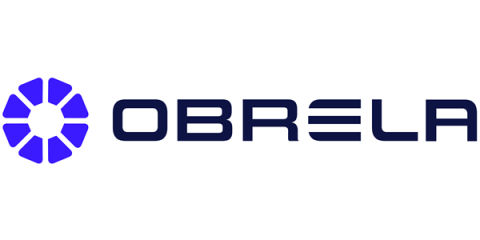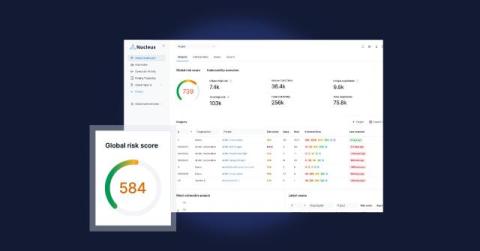Securing Our World in 2024 With Cyber Risk Quantification
Security is no longer solely confined to the physical, dependent on bodily actions. With the advent of the internet, the mechanisms necessary for safeguarding assets and even lives have expanded into the cyber realm, where the risks can be even more complex. Indeed, a single cyber event has the power to render hospitals nonfunctional, halt mass transportation, block financial transactions, and cause billions of dollars worth of damages.










